Metalwork fitters “Heißeisen” have a major order—the job involves processing a wide range of materials in a modern building complex: Numerous shelving units made from unalloyed steel in the storeroom and the chrome-nickel stair railings are joined using the MAG welding process. For detailed work on the handrail, weld seams now have to be 100% satisfactory both in terms of visual appearance and touch; this calls for the TIG process. A literal highpoint for “Heißeisen” was the final assembly work on an open Skywalk at lofty heights: exposure to wind and weather make it almost impossible to carry out quality gas shielded arc welding—welding with a rod electrode is the most suitable method for this. Multiprocess welding systems provide a quick and easy solution for all three processes.
MIG/MAG, TIG and MMA Welding in One Welding System
The topic on everyone’s lips—the welding world is awash with talk of multiprocess welding. The word is that multiprocess welding systems, as they are known, are able to handle almost any everyday welding task. However, this is far from a new kind of welding process. In fact, the term “multiprocess” means the three main manual welding processes are combined in one system.
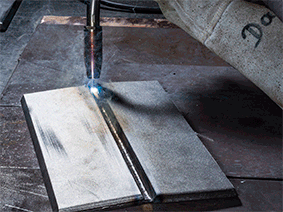
But what’s the reason for this? First and foremost, it’s about versatility; it’s about giving all welders the opportunity to handle a wide range of everyday tasks with just one system. Instead of bringing a specialized system for each process with them, a wide range of welding challenges can easily be tackled with just one system. Users can switch between processes in the blink of an eye: the welding torch, gas and wire can all be switched and parameter settings made in under 60 seconds.
The Essentials for Multiprocess Welding Systems
A good multiprocess system should …
- • cover a wide range of materials and material thicknesses: steel, aluminum, chrome-nickel steel etc. from approx. 0.5 to 8 mm thick are standard here
- • be able to process different additives (welding wires/wire diameters and gases)
- • have two gas valves if possible (to use various gas mixtures), in order to switch quickly depending on the process
- • have a range of pre-programmed welding settings, in terms of filler metal types, wire diameters, and gases
- • have increased open circuit voltage for good MMA welding ignition properties
- • be constructed with weight in mind for better mobility
If a power source includes all of the characteristics mentioned above, you can start talking about it as a robust multiprocess system. Easy handling is also an essential aspect for winning over welding pros in their hectic everyday working life.
Who Benefits from a Multiprocess Welding System
The user example makes it clear: Multiprocess welding systems are a practical tool, primarily for small to medium-sized workshops. But multiprocess can also be a suitable solution for cost-conscious one-man operations with professional requirements: A multiprocess tool is the weapon of choice for those wanting to weld using the latest welding processes without having to invest in different welding systems. Relatively low investment costs are accompanied by comparatively high usage.
Nonetheless, many manufacturers sometimes give the impression that multiprocess welding systems are untouchable universal solutions—this is not the case at all. Of course, specialized systems provide process-specific advantages. On the other hand, in order to stay true to the all-rounder principle, many of the processes integrated into multiprocess systems have been simplified but without restricting the functionality. For TIG welding, for example, high frequency ignition—which enables touchless ignition—has not been included. This only minimally increases the requirements in terms of the dexterity required. Nonetheless, the welding result remains of the same high standard.
Multiprocess welding systems not only enhance the manufacturer’s product portfolio, they also help to close some gaps in terms of craftsmanship, on many different levels. Fronius also has a wide range of multiprocess systems available. Why not take a look at our TransSteel series?
 Perfect Welding Blog
Perfect Welding Blog
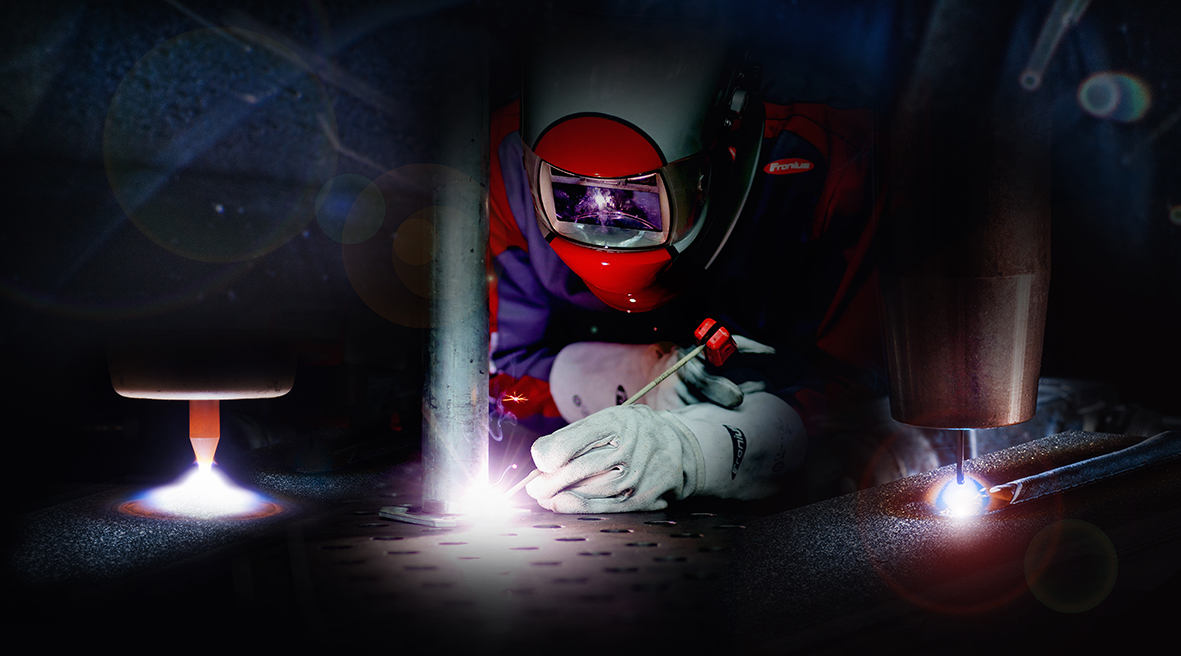
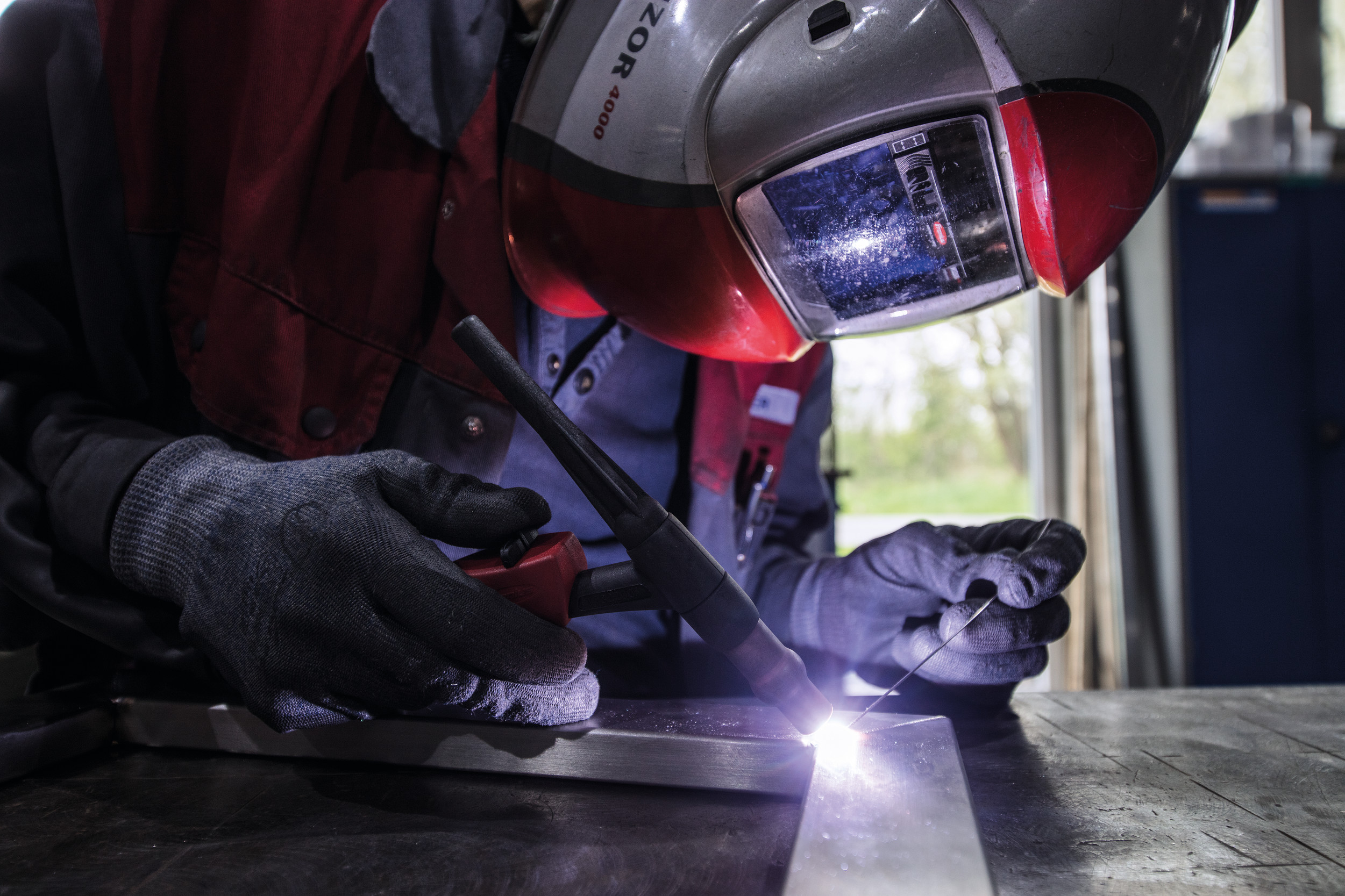
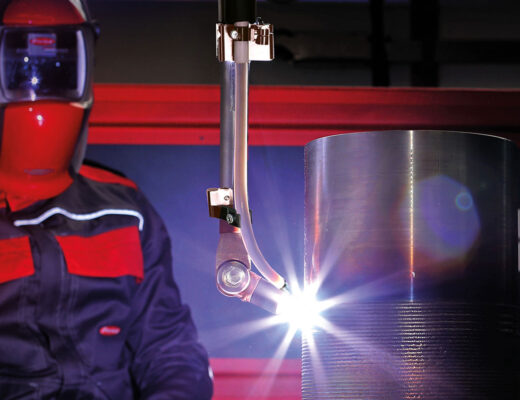
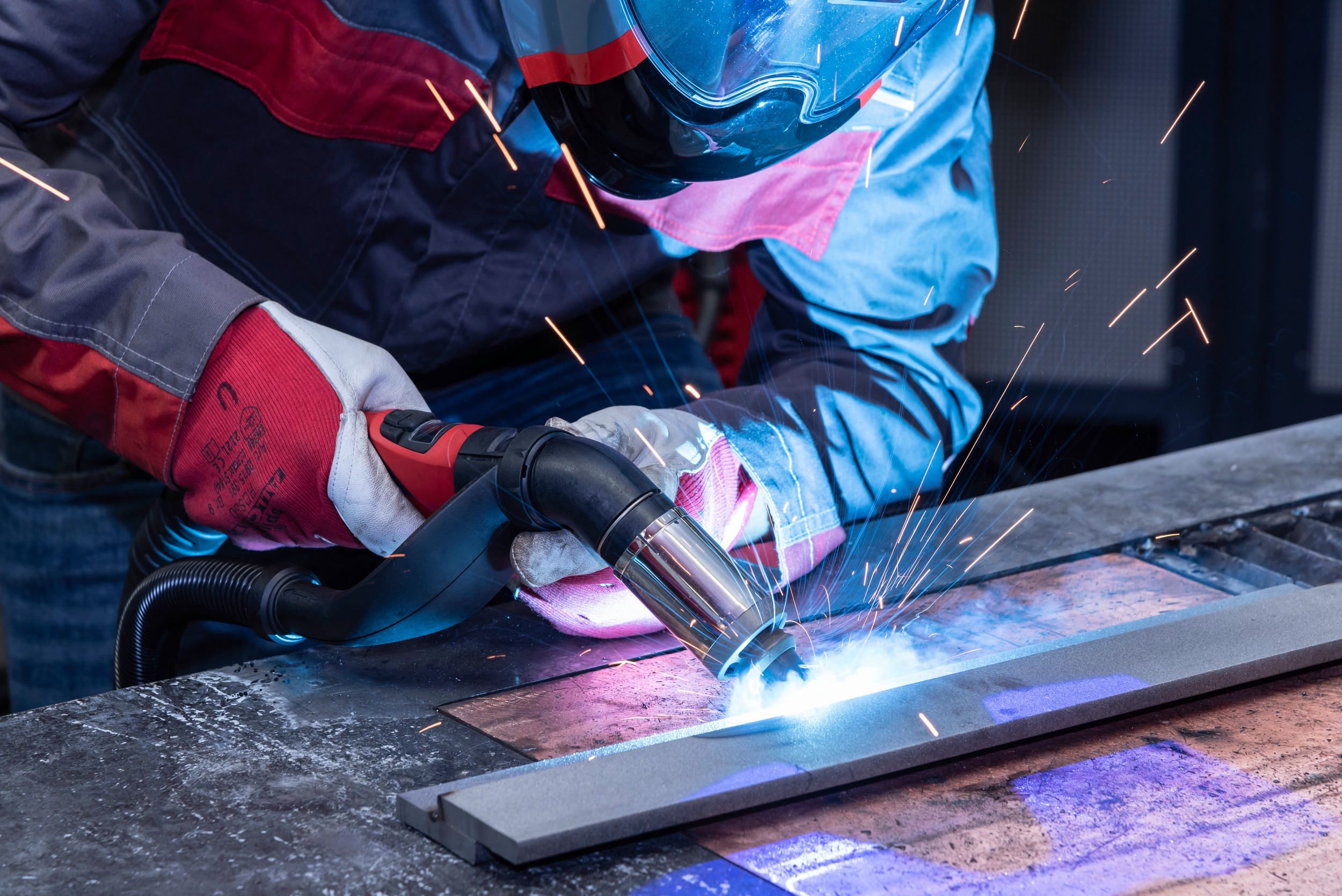
3 Comments
Brian Mclennan
19. April 2020 at 11:05This is very true as you said in your piece there some manufacturers say the machine will do more than they can the company I work for got stung by one such manufacturer. The mulitprocess welder will do MMA, Mag/Mig, Tag/Tig, but the Tig side of it is a discrace not only is it touch start but there is not button on the toruch so start by touching down (a no no in stainless steel welding) but at the end of the weld there is not slop out, you have to pull the toruch away from the job( so no post flow on the weld). I dont see how any one could make a simple error like this in a welding plant but this was from a leading manufacturer (not Fronius) so look at what you are buying very carefully.
Adam
1. November 2020 at 9:21Thanks for your insights on the multi-process welders. I see such welders are very helpful for a repair workshop as you have to perform all types of welding works.
Tigwelder
18. March 2023 at 8:27Great and very informative article.